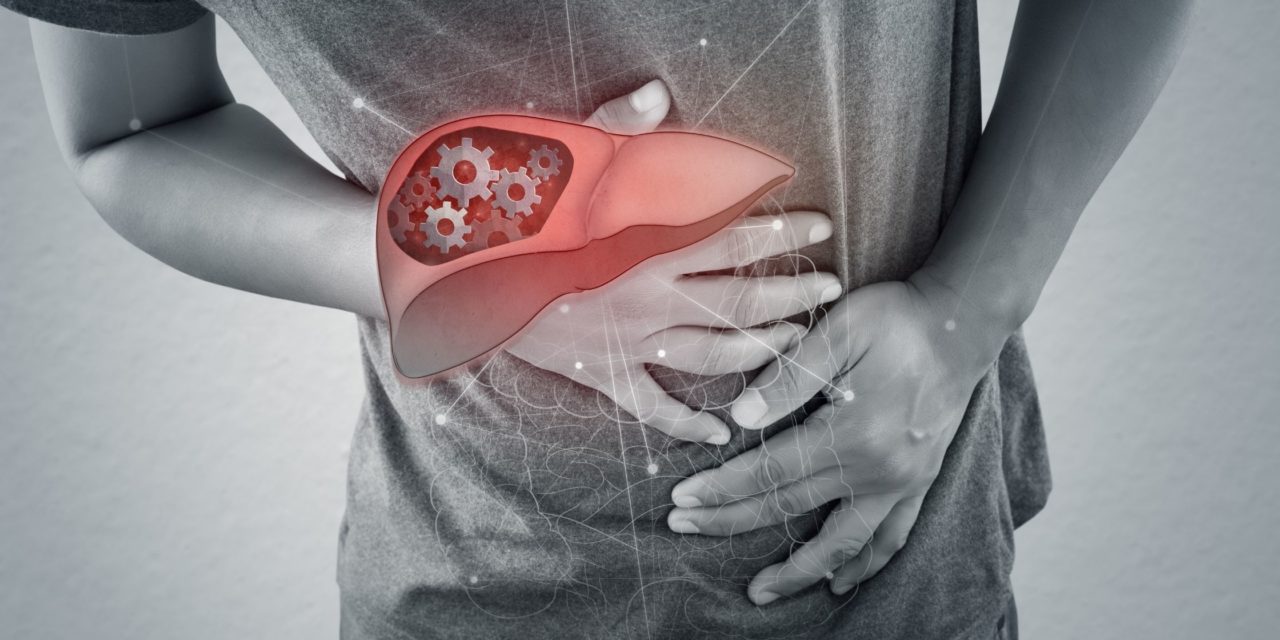Too much of anything is a bad thing, and alcohol is a prime example of that. Among the many health consequences of heavy alcohol consumption is liver disease. About 10 percent of Americans drink heavily and 10-15% of those individuals will go on to develop Alcohol-Related Liver Disease.
Stages of Liver Disease
The liver is an extremely resilient organ and is known for being able to heal or regenerate itself. While early-stage liver disease is usually reversible, there is a “point of no return”. Late-stage liver failure is a fatal condition and the only means of overcoming it is a liver transplant. The stages of Alcohol-Related Liver Disease are as follows:
- Alcohol Fatty Liver Disease is defined as an accumulation of fat around the liver. It is an early form of liver disease and can be reversed by quitting drinking.
- Alcoholic Hepatitis is identified by inflammation or swelling of the liver. While less severe inflammation can be reversed, severe cases of alcoholic hepatitis may be indicative of impending liver failure.
- Alcoholic Cirrhosis is identified as scarring of the liver. Scarring of the liver is irreversible, and severe scarring can lead to liver failure.
How Alcohol Causes Liver Disease
The liver is the main organ responsible for metabolizing alcohol and processing out toxins from the body. Although these processes are the liver’s primary function, it is possible for the organ to be overworked. For instance, processing alcohol requires the use of two enzymes, alcohol dehydrogenase and acetaldehyde dehydrogenase. The use of these enzymes creates an imbalance of NAD/NADH that in turn promotes fatty liver. Normally, the liver is capable of regulating this imbalance when it gets a break from metabolizing alcohol. However, heavy alcohol use means the liver doesn’t get that break, and consequently, the amount of fatty liver gets out of control.
Chronic alcoholism also triggers the production of extra mitochondria (the organelle known as the powerhouse of the cell) to provide the energy needed for the liver cells to continue metabolizing large amounts of alcohol. Unfortunately, the long-term consequence of this adaptation is inflammation (alcoholic hepatitis).
These are just two simplified examples of how alcohol can cause liver disease.
Other Factors in Developing Liver Disease
Alcohol consumption does take a toll on the liver, but not everyone who drinks heavily will experience liver damage. It may seem illogical at first, but the reality is that multiple factors play into the liver’s ability to function. For one, some people drink more heavily than others. Someone who drinks way more than 4-5 drinks per day is way more likely to develop cirrhosis. Other factors that can plan in include genetics/family history of liver disease and overall nutrition. Those who have a family history of liver disease or who have a poor diet are at greater risk.
Preventing Alcoholic Cirrhosis
Once liver disease has progressed to cirrhosis, there is little that can be done beyond a liver transplant. In order to prevent liver disease from developing to this point and becoming life-threatening, there are a few steps that can be taken.
- Quit drinking ASAP – Medically assisted detox or tapering offer may be required in order to prevent the development of life-threatening withdrawal symptoms.
- Eat a nutrient-rich diet – Avoid fast food and meals heavy in simple carbs. Add more fruits, vegetables, and leafy greens to your diet which is high in valuable nutrients.
- Supplement diet with key vitamins – Individuals who experience liver disease are often deficient in B-complex vitamins and Vitamin A. Add these supplements to your daily routine.
- Increase water intake – Adequate water intake can help the liver flush out toxins quicker.
Sources:
https://www.healthline.com/health/alcoholism/liver-disease#types-and-symptoms

